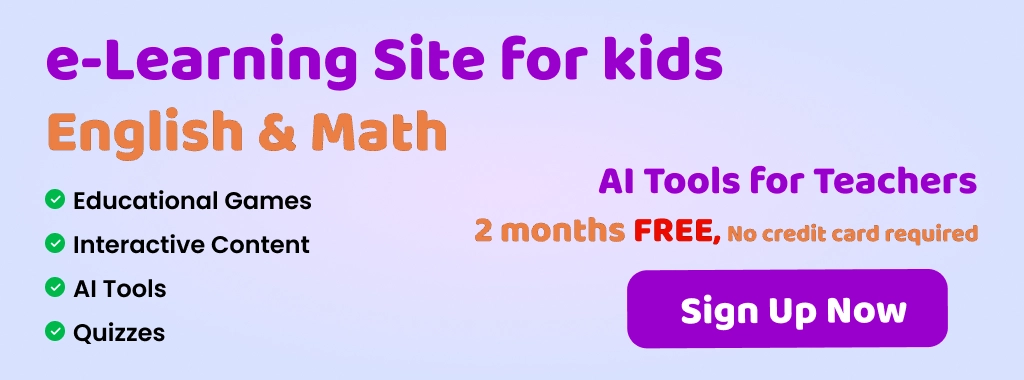Understanding Correlative Conjunctions – Usage and Examples
Table of Contents
Introduction
Correlative Conjunctions
Correlative conjunctions play a crucial role in the English language, serving as powerful tools for connecting ideas and creating meaningful relationships between different elements within a sentence.
Analogy of Definition
What are Correlative Conjunctions?
Correlative conjunctions are pairs of words that work in tandem to connect words, phrases, or clauses. They are used to emphasize the relationship between the connected elements and are essential for maintaining the logical flow of a sentence. Correlative conjunctions are pairs of words that work together to join equal parts of a sentence, such as words, phrases, or clauses. They help show the relationship between these parts.
Correlative conjunctions play a crucial role in sentence structure by linking related ideas and ensuring grammatical balance. For instance, in the sentence “Either you start now, or you finish later,” the correlative conjunction “either…or” connects two alternative actions. This is different from other conjunctions like “and” or “but,” which do not always require a paired element.
Method
How to Use Correlative Conjunctions?
Ensuring parallelism, balancing the sentence, and achieving clarity and emphasis are three important guidelines for using correlative conjunctions effectively.
Ensure Parallelism
Parallelism means that the elements connected by correlative conjunctions should be in the same grammatical form. This ensures that the sentence is clear and easy to read. When using correlative conjunctions, it’s important that both parts of the pair link elements that are grammatically similar. This means if you start with a noun, the following element should also be a noun; if you start with a verb, the following should be a verb, and so on. Parallel structure makes sentences easier to understand and more pleasant to read.
Examples:
Correct: She is both smart and kind. (Both “smart” and “kind” are adjectives.)
Incorrect: She is both smart and likes to help others. (Here, “smart” is an adjective, while “likes to help others” is a verb phrase. They are not parallel.)
Balance the Sentence
Balancing the sentence means that the elements connected by correlative conjunctions should be similar in importance and structure. A balanced sentence ensures that both parts of the correlative pair are given equal weight and importance. This makes the sentence more logical and easier to follow. Imbalance can confuse readers and disrupt the flow of the sentence.
Examples:
Correct: Either you can call me, or you can send an email. (Both parts of the sentence are complete thoughts and are similar in structure.)
Incorrect: Either you can call me, or sending an email. (The first part is a complete thought, while the second part is a gerund phrase. They are not balanced.)
Clarity and Emphasis
Clarity means the sentence is easy to understand, and emphasis means highlighting the importance of the connected elements. Correlative conjunctions help add clarity by clearly linking two related ideas. They also provide emphasis by showing that both elements are equally important. Using correlative conjunctions effectively can make your writing more engaging and dynamic.
Examples:
- Clarity: Not only did he win the race, but he also broke the record. (The sentence is clear and shows the relationship between winning and breaking the record.)
- Emphasis: She is not only a talented musician but also an excellent dancer. (The sentence emphasizes both her musical talent and her dancing skills.)
Identifying Correlative Conjunctions
Correlative conjunctions are easily identifiable by their paired structure, such as ‘either…or’, ‘neither…nor’, ‘both…and’, ‘not only…but also’, and ‘whether…or’. Recognizing these pairs is crucial for effectively using correlative conjunctions in writing.

Examples
Example 1:
Either you must stop making excuses, or you must leave.
Example 2:
Not only did she win the race, but she also broke the record.
Example 3:
Whether you like it or not, we have to go.
Example 4:
Both the manager and the employees were excited about the new project.
Example 5:
She is neither interested in the proposal nor willing to discuss it further.
Example 6:
The new software is as efficient as it is user-friendly.
The examples above illustrate the use of correlative conjunctions in sentences. In each case, the paired conjunctions work together to connect different elements and convey a specific relationship between them, highlighting the importance of correlative conjunctions in constructing clear and coherent sentences.
Quiz
Tips and Tricks
1. Maintaining Parallel Structure
Tip: When using correlative conjunctions, ensure that the elements being connected maintain parallel structure to convey the intended meaning effectively.
2. Emphasizing Relationships
Tip: Correlative conjunctions are useful for emphasizing relationships between elements in a sentence, such as similarity, contrast, or choice.
3. Avoiding Redundancy
Tip: Be mindful of using correlative conjunctions to avoid redundancy and maintain clarity in writing.
4. Balancing Sentence Elements
Tip: Use correlative conjunctions to balance sentence elements, ensuring that the paired parts of the sentence are of equal length and grammatical form for a harmonious and clear structure.
5. Enhancing Readability
Tip: Incorporate correlative conjunctions to enhance readability by breaking up complex ideas into more manageable parts, helping the reader to better understand the relationship between the elements.
Real life application
Scenario: Decision-Making
Correlative conjunctions are frequently used in decision-making scenarios, such as ‘either…or’ and ‘neither…nor’, to express choices and limitations.
Scenario: Expressing Contrast
Correlative conjunctions like ‘both…and’ and ‘not only…but also’ are employed to express contrast and highlight multiple aspects of a situation.
Scenario: Conveying Conditions
Correlative conjunctions such as ‘whether…or’ are utilized to convey conditions and alternatives in various real-life situations.
FAQ's
Like? Share it with your friends






